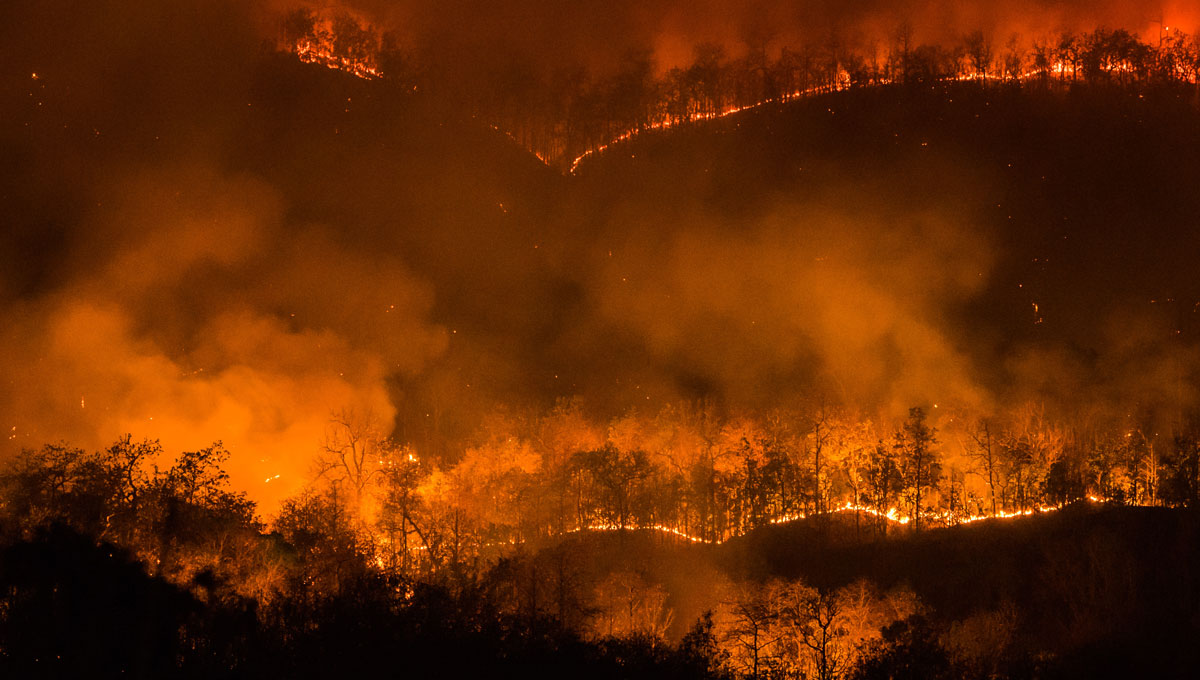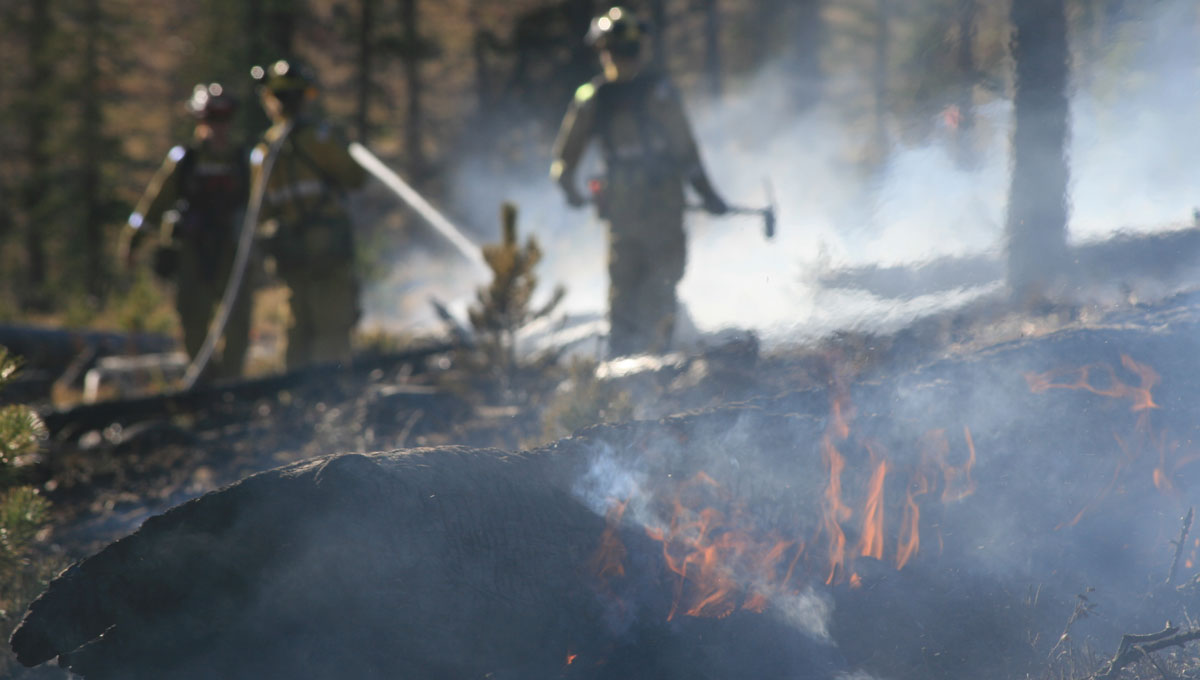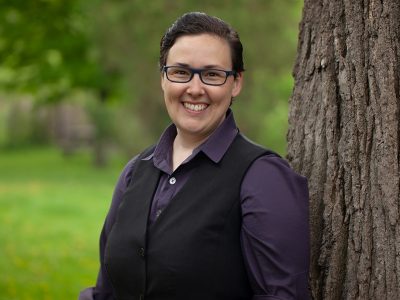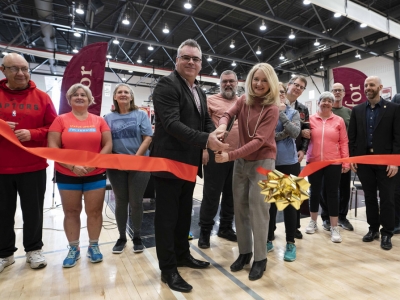By Matt Gergyek
In 2017, British Columbia experienced its worst wildfire season on record. An estimated 12,000 square kilometres of land was destroyed, forcing 65,000 people from their homes and keeping the province in a state of emergency for 10 weeks.
Scientists are hard at work analyzing the thousands of variables that influence the direction and intensity of wildfires — along with the factors that cause them in the first place — to prevent such disasters from occurring.
But one of the issues they’re facing is how to study something as dangerous, costly and utterly gigantic as a roaring forest fire without causing more harm than good?
“You use computer and mathematical models to mimic behaviour in the real world,” says Prof. Gabriel Wainer, who teaches systems and computer engineering at Carleton University out of the Advanced Real-Time Simulation (ARS) Lab.
Wainer and his students work in a specialized field called modelling and simulation, which involves creating extensive mathematical equations (models) and collecting and inputting large amounts of data into these equations to develop visualized computer programs (simulations) to solve problems.

Developing Forest Fire Models
In many ways, modelling and simulation is all about application. “We sit down with an expert in an area of study, listen to what the problem is and develop simulations to model and simulate it,” says Wainer.
Wainer and his students have helped experts study the transmission of contagious diseases, the spread of invasive insects, the complex behaviour of the human cell, the effectiveness of a nuclear emergency plan and the behaviour of large crowds of people, among other phenomena.
Wainer’s specific area of expertise is methods research, which involves analyzing models before they are put into action to prevent error.

Developing a Common Language
“The world is getting more and more complicated,” he says. “Simulations can help you deal with these complexities and find solutions to very complex problems. It’s a common language people all around the world can understand.”
Wainer’s work does not go unrecognized. This year, he was appointed to the board of the Winter Simulation Conference for a five-year term, an “international forum for disseminating recent advances” in the discipline and a “central meeting place for simulation practitioners, researchers, and vendors,” according to the organization’s website. This year’s conference will be held in Gothenburg, Sweden, in December.
Wainer was also appointed to the position of director-at-large at the Society for Modeling and Simulation International, the largest and oldest international society devoted to this field of study.
“It’s a huge honour,” he says. “I really want to have an impact on the students who study in my lab, to help them in turn have a major impact on the world.”



